Optimal Seasons for Foundation Repairs
Foundation repairs are most effective when performed under specific seasonal conditions. The ideal time depends on local climate patterns, soil conditions, and weather stability. Typically, dry and moderate weather periods allow for better access and curing of repair materials, reducing the risk of complications.
Spring offers moderate temperatures and longer daylight hours, making it suitable for foundation work. However, early spring can be risky if soil is still saturated from winter snowmelt.
Summer provides warm, dry conditions ideal for many foundation repair methods. Care must be taken to avoid extreme heat that can affect material curing.
Fall is often considered optimal due to stable weather and cooler temperatures. It allows for proper curing before winter conditions set in.
Winter is generally less favorable due to freezing temperatures and frozen ground, which can hinder excavation and curing processes.
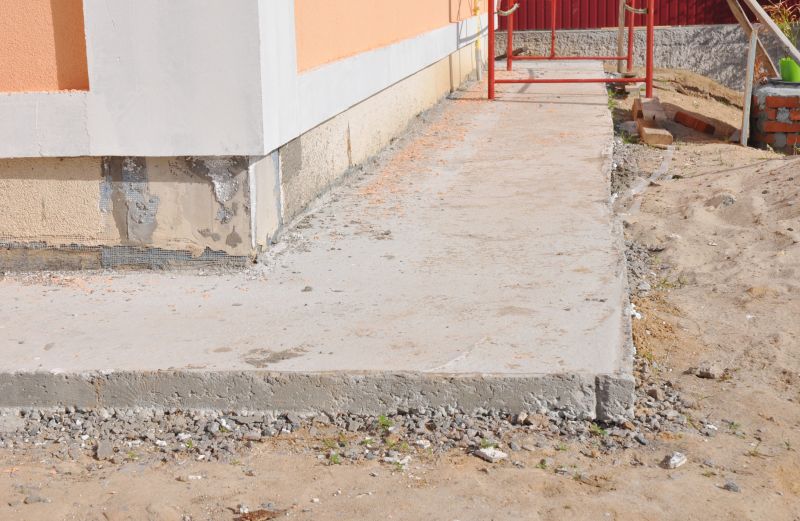
Spring repairs benefit from moderate weather but require caution due to soil moisture levels.
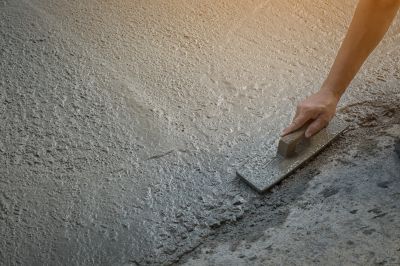
Warm and dry conditions facilitate effective repairs and material curing.

Ideal for foundation repairs with stable weather and cooler temperatures.
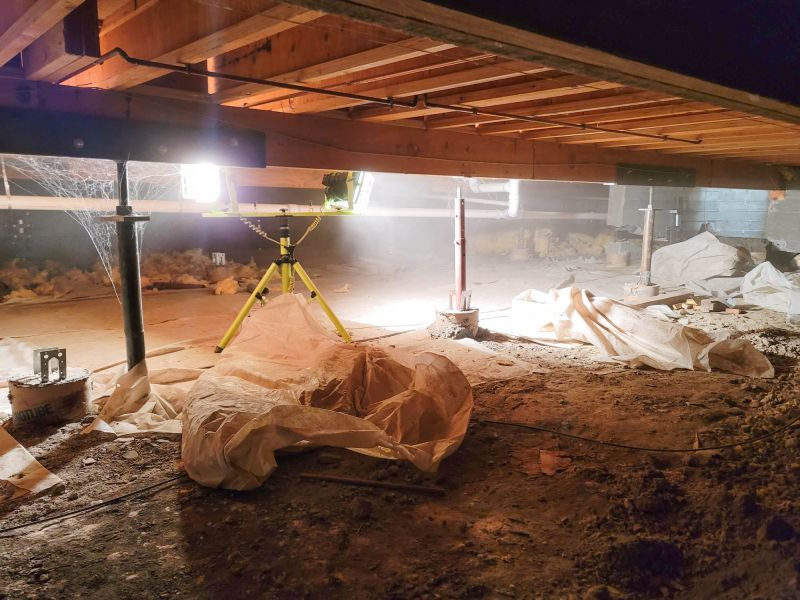
Ways to make Foundation Repairs work in tight or awkward layouts.
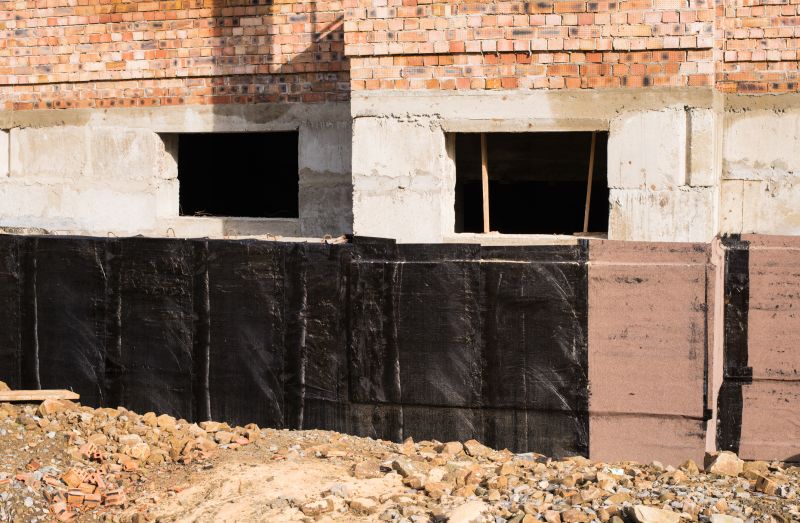
Popular materials for Foundation Repairs and why they hold up over time.
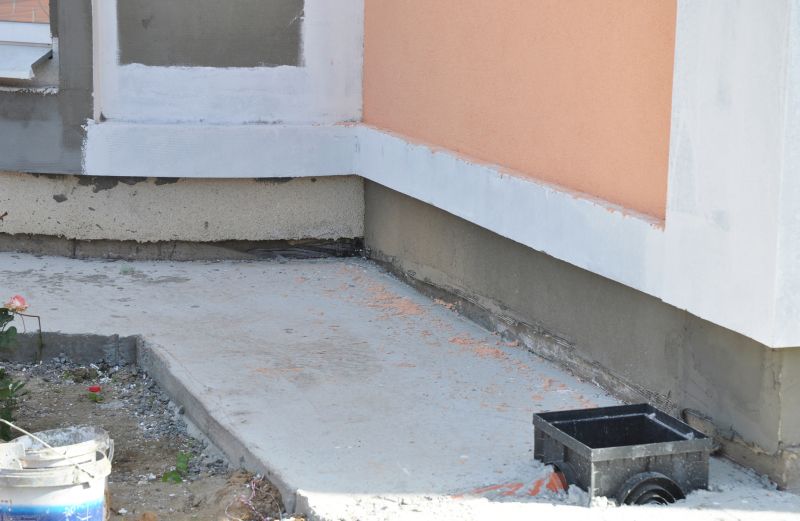
Simple add-ons that improve Foundation Repairs without blowing the budget.
| Season | Optimal Conditions |
|---|---|
| Spring | Moderate temperatures, longer daylight, soil moisture caution |
| Summer | Warm, dry weather, high temperatures |
| Fall | Stable weather, cooler temperatures, ideal for curing |
| Winter | Freezing temperatures, frozen ground, less suitable |
Foundation repairs address issues such as settling, cracking, and shifting caused by soil movement, moisture changes, and structural stress. Proper timing ensures the longevity and effectiveness of repairs, reducing the risk of recurring problems. Soil conditions play a significant role; for example, clay soils expand and contract with moisture levels, impacting foundation stability. Statistics indicate that a significant percentage of foundation issues worsen during seasonal transitions, emphasizing the importance of scheduling repairs during optimal periods.

Visual representation of underpinning and stabilization techniques.
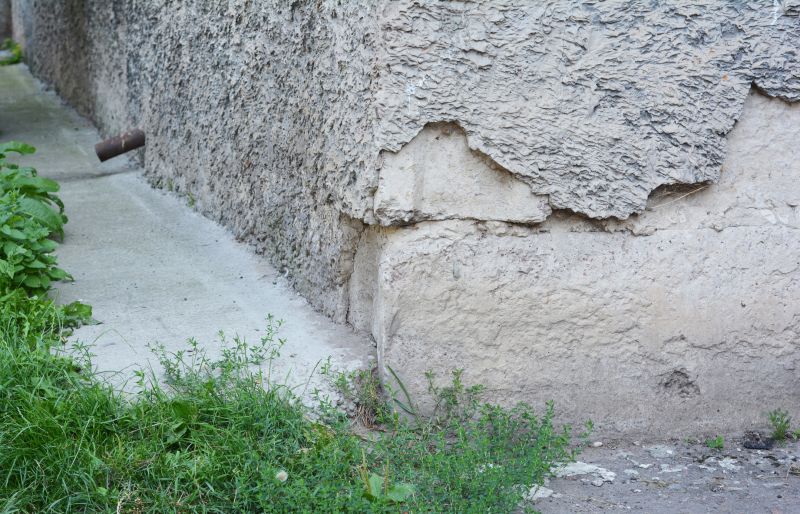
Common signs indicating the need for repairs.

Methods used to reinforce and stabilize foundations.
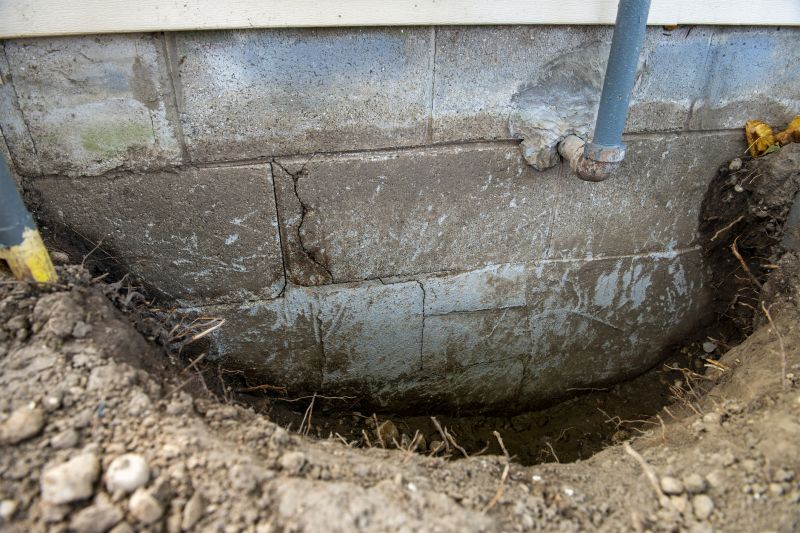
Examples of foundation repair results.
Timely foundation repairs can prevent further structural damage and preserve property value. Recognizing early signs such as uneven floors, sticking doors, and visible cracks can facilitate prompt action. Consulting with foundation specialists ensures appropriate repair strategies are employed, tailored to seasonal conditions and soil types. Proper scheduling and execution of repairs contribute to the durability of the structure, minimizing future maintenance costs.
Cracks in walls or floors, uneven flooring, and sticking doors are common indicators.
Preventing further damage, maintaining property value, and ensuring safety.
Align repairs with optimal weather conditions for best results.
Ensure proper site access and weather conditions for effective work.
Interested property owners in New Haven, IN, are encouraged to contact professionals to assess foundation conditions and determine the best time for repairs. Proper scheduling and expert guidance help ensure that foundation issues are addressed effectively, safeguarding the structure's integrity and value.

